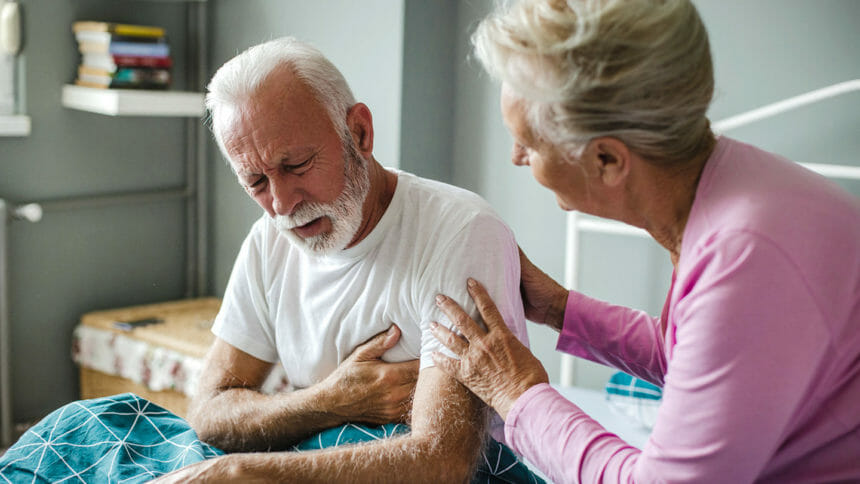
An estimated 21% of adults in the United States experienced chronic pain in 2021, and 7% reported chronic pain that restricts their daily activities (high-impact pain), according to a new data analysis from the Centers for Disease Control and Prevention.
CDC researchers examined data from the 2019–2021 National Health Interview Survey (NHIS) in order to update prevalence estimates among adults in the United States and certain population groups.
The findings, published Friday, April 14, revealed disparities in chronic pain prevalence, investigators said. Chronic pain and high-impact chronic pain were more prevalent among older adults, females, adults currently unemployed but who worked previously, veterans, adults living in poverty, residents of nonmetropolitan areas and those with public health insurance, reported S. Michaela Rikard, PhD, of the CDC’s National Center for Injury Prevention and Control.
Rikard and colleagues also found a higher prevalence of chronic pain among non-Hispanic American Indian or Alaska Native adults, adults identifying as bisexual, and adults who were divorced or separated.
Clinicians and other healthcare stakeholders “should vigilantly attend to health inequities and ensure access to appropriate, affordable, diversified, coordinated and effective pain management care for all persons,” the authors concluded.
Chronic pain has been linked to depression, Alzheimer’s disease and related dementias, higher suicide risk, and substance use and misuse.
Full findings were published in the CDC’s Morbidity and Mortality Weekly Report (MMWR).
Related articles:
Researchers say pain is undertreated in nursing home residents
Discharge to SNF doubles length of opioid use after orthopedic surgery, study finds
Medical cannabis may help seniors taper opioids for chronic pain: study
Nondrug interventions effective for LTC residents in pain, review finds
Most U.S. adults use non-opioids to treat chronic pain: study




